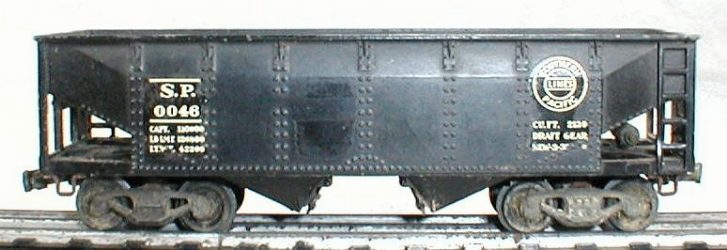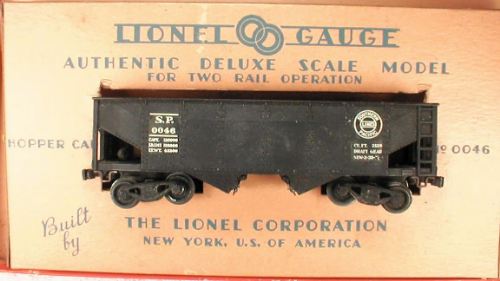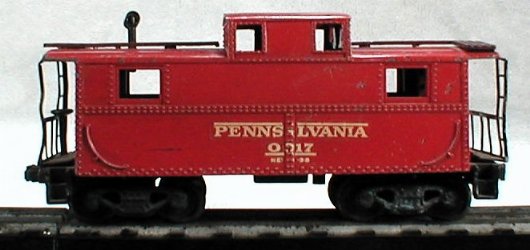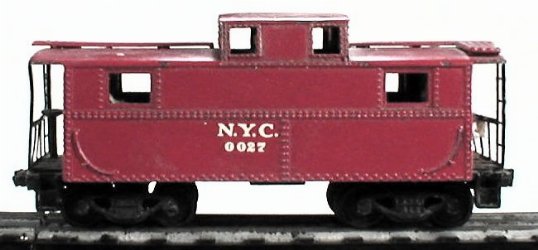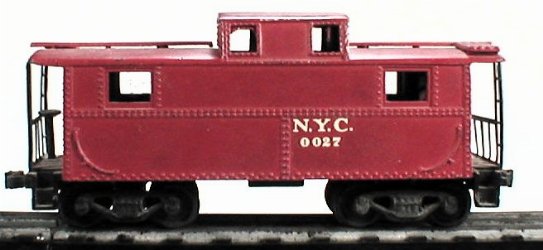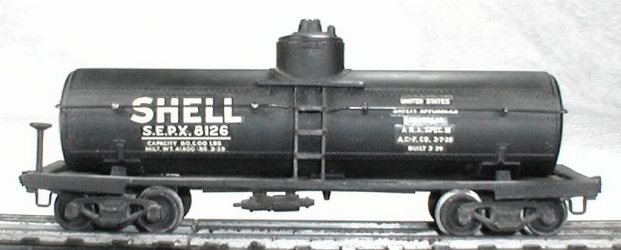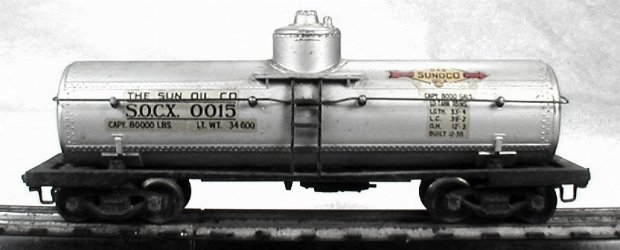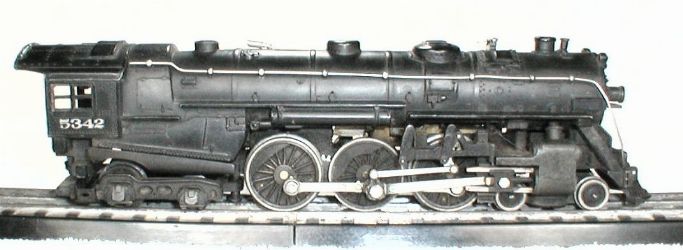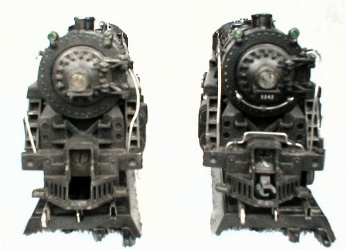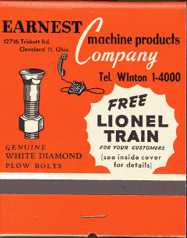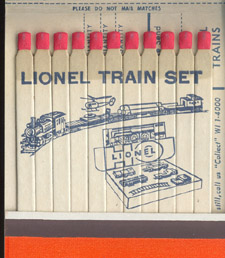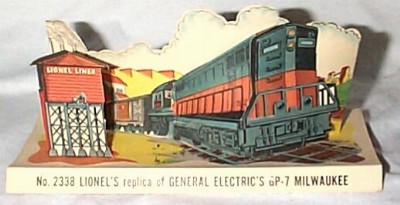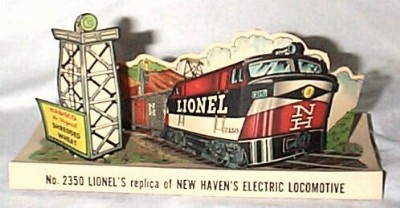In 1938 Lionel introduced it’s OO (pronounced double 0) trains. These trains were made to a scale of 1:76. A little bit larger than the current HO trains. Why Lionel made OO instead of HO is unknown. HO was already established and had a good following. American Flyer and other companies made HO kits and ready to run train sets. There were other OO makers like Scalecraft and Varney, but OO was an orphan gauge. Maybe Lionel felt they could influence the marketplace.
Maybe Lionel’s marketing team felt they could repeat the Standard gauge marketing coup of 1906. In 1906 Lionel introduced Standard gauge trains running on 2 1/8 inch gauge track. It was anything but standard. No other manufacturer made trains on 2 1/8 inch track. Within 15 years all manufacturers of electric trains were also making standard gauge trains.
If Lionel was trying to influence the market, they failed. Lionel stopped making trains in 1942 due to the war, and never resumed OO production. Only a small handful of manufacturers made OO trains. Another reason Lionel may have made 00 trains rather than the smaller HO is there is more room inside for motors and reverse units. The European HO/00 trains are 00 scale and run on HO track.
Whatever the reason for choosing OO rather than HO, Lionel’s offerings were short lived. Made only between 1938 and 1942, these trains featured die cast construction.
Lionel 00 trains were high quality. Offered in two rail and three rail versions. The items were also offered in scale and semi-scale versions. The semi-scale versions had less detail and were a bit cheaper. The hopper was never offered in a semi-scale version.
In 1938. Lionel began offering 00 trains. Starting with a smaller version of the 700E full scale NYC Hudson loco called the 001E. Only four freight cars were made in this smaller gauge. The four cars were a boxcar, tank car, hopper car and caboose.
Lionel 00 Locomotives 001E, 002E, 003E and 004E
Lionel’s 00 Scale Boxcars 0014, 0024, 0044, 0044K and 0074
Lionel’s 00 Scale Tank Cars 0015, 0025, 0045, 0045K and 0075
Lionel’s 00 Scale Hoppers 0016, 0046, and 0046K
Lionel’s 00 Scale Cabooses 0017, 0027, 0047, 0047K and 0077


